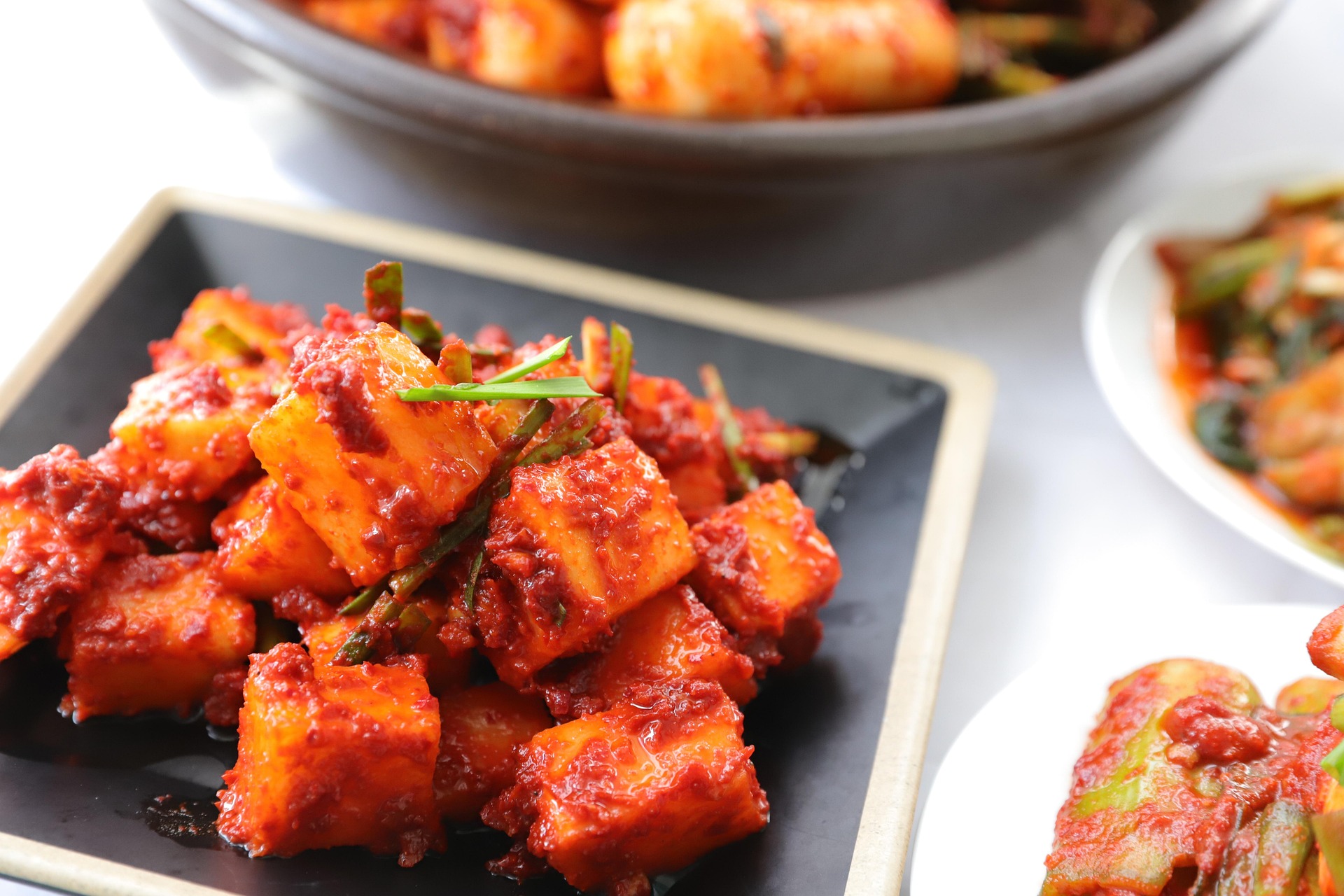Discovering the Magic of Indonesian Cuisine: A Culinary Adventure
Indonesia, with its vast archipelago, offers a unique and rich culinary landscape. This article will take you on a journey through the flavors, ingredients, and techniques of Indonesian cuisine, exploring how traditional and modern elements blend to create a diverse and delectable food culture.

A Burst of Flavors: The Heart of Indonesian Cuisine
Indonesian cuisine is a symphony of flavors. From the spicy sambals of Sumatra to the sweet Javanese dishes, every region has its own unique taste. The local cuisine is a melting pot of influences, including Indian, Middle Eastern, Chinese, and European, creating a vibrant and exciting food culture. The liberal use of spices, fresh herbs, and fragrant roots add depth and complexity to the dishes. Seafood is a staple, given the country’s island geography, but the cuisine also includes an array of vegetarian dishes, making it a paradise for food lovers of all dietary preferences.
Key Ingredients: The Building Blocks of Indonesian Dishes
The richness of Indonesian cuisine lies in its ingredients. Spices like coriander, turmeric, and lemongrass form the base of many dishes. Coconut milk is another essential ingredient, adding a creamy texture and a slight sweetness to curries and soups. Rice is the staple food, often served alongside meat, vegetables, and a variety of sambals - chili-based sauces that add a spicy kick to meals. And let’s not forget tempeh, a fermented soy product that originates from Indonesia and is a primary source of protein.
Cooking Techniques: From Traditional to Modern
Cooking methods in Indonesian cuisine range from simple boiling or grilling to more complex techniques like smoking and fermenting. Traditional Indonesian cooking often involves a stone mortar and pestle to grind spices into a paste, a method that releases their natural oils and enhances their flavor. Modern Indonesian chefs, however, have started incorporating international cooking techniques, such as sous-vide and molecular gastronomy, to elevate their dishes while still maintaining the authentic flavors.
Signature Dishes: Must-Try Indonesian Delights
Among the vast array of Indonesian dishes, several stand out for their popularity and uniqueness. Rendang, a spicy meat dish slow-cooked in coconut milk and spices, is a must-try. Nasi Goreng, Indonesian fried rice, is another iconic dish, often crowned with a sunny-side-up egg. For dessert, there’s nothing like a sweet and sticky plate of Pisang Goreng (fried bananas) or the colorful layers of Kue Lapis, a steamed layer cake.
The Evolution of Indonesian Cuisine: New Trends and Innovations
Like any vibrant cuisine, Indonesian food is not static. Chefs, both locally and abroad, are constantly experimenting with Indonesian dishes, incorporating new ingredients, and applying innovative cooking techniques. Fusion cuisine, where Indonesian flavors meet Western methods, is an exciting trend. Vegan and gluten-free adaptations of traditional dishes are also gaining popularity, catering to the growing demand for diverse dietary options.
Interesting Nuggets of Indonesian Cuisine:
-
Indonesia is home to the world’s most expensive coffee, Kopi Luwak, processed from the droppings of a civet cat.
-
The fiery sambal has over 300 variations across Indonesia.
-
Nasi Padang, a meal consisting of rice and various dishes served in small portions, is named after the city of Padang in West Sumatra where it originated.
In conclusion, Indonesian cuisine is a fascinating world to explore. Its diversity, complexity, and adaptability make it a true culinary gem. Whether you’re a foodie seeking new taste experiences or a home cook looking to expand your repertoire, diving into Indonesian food is a journey worth taking.




